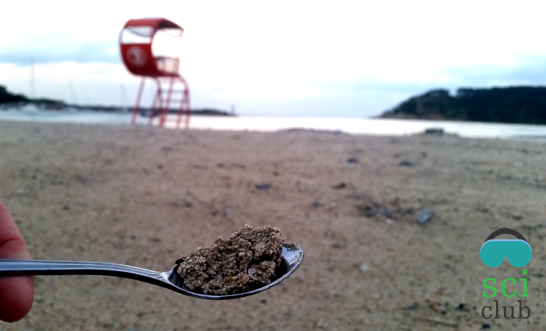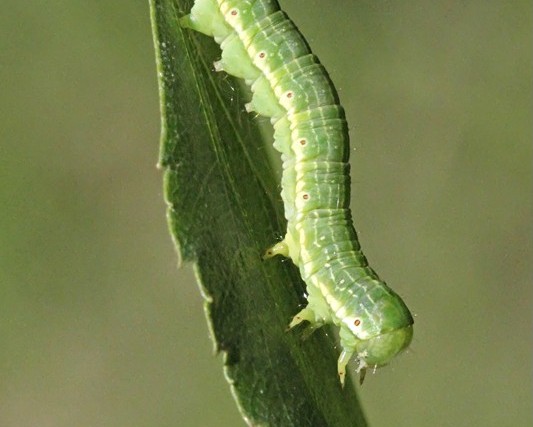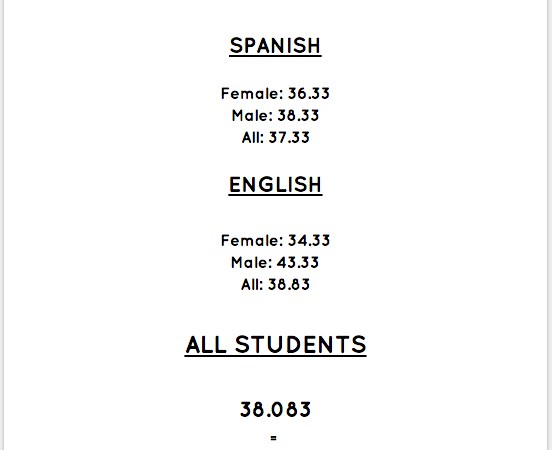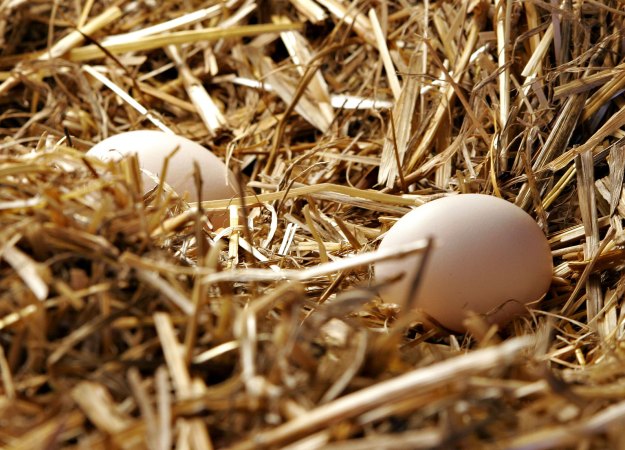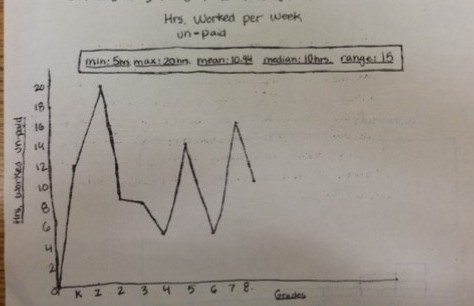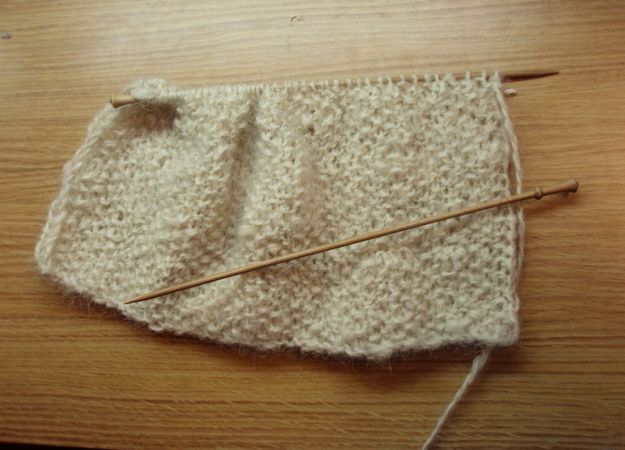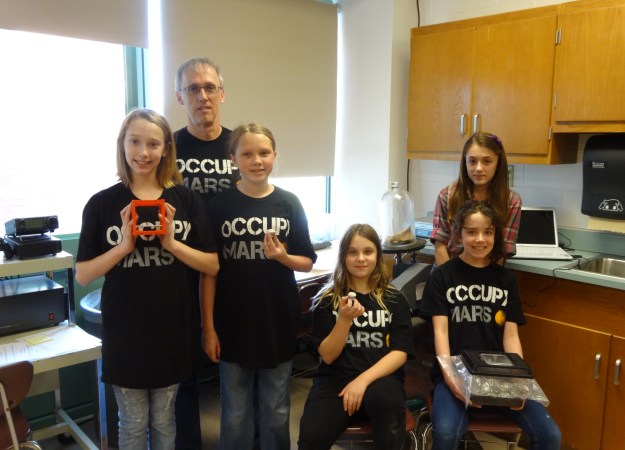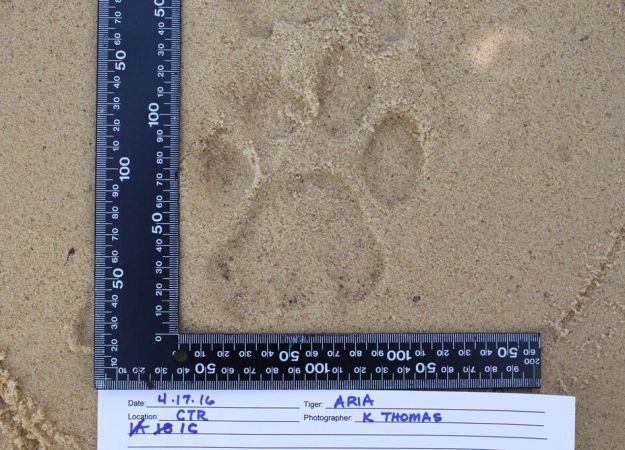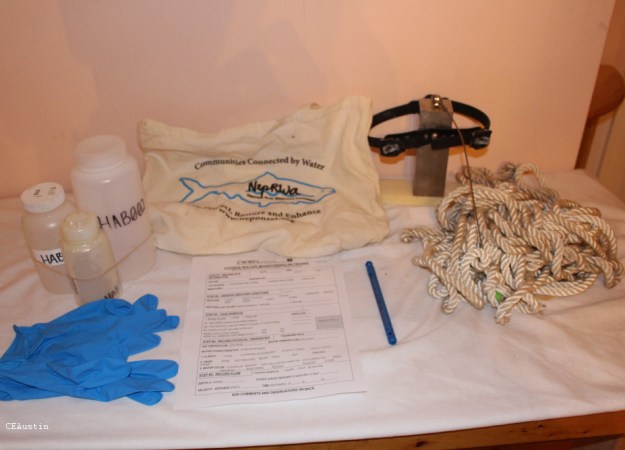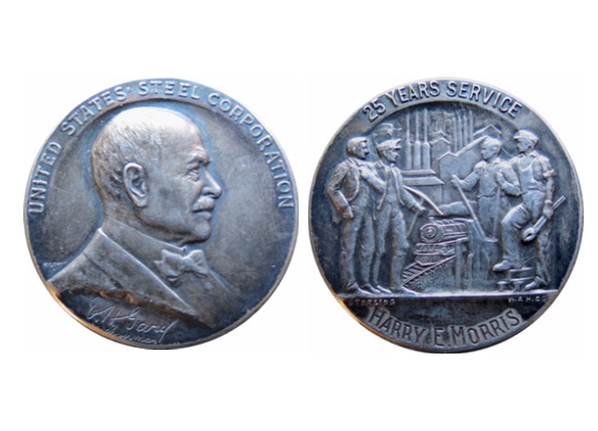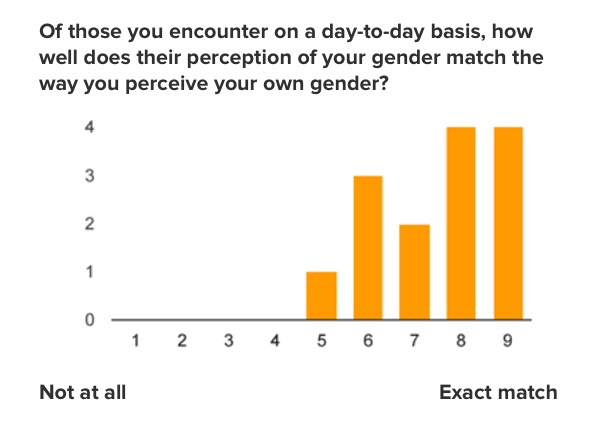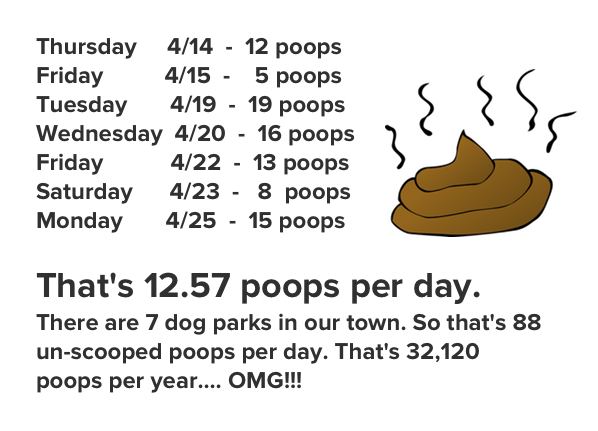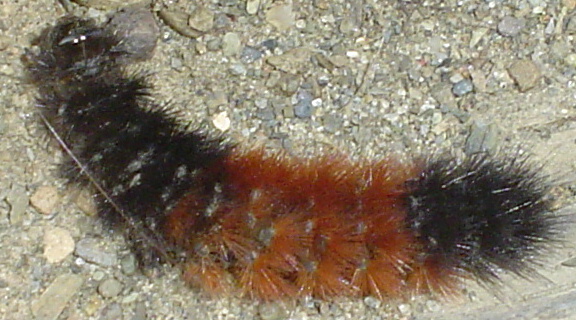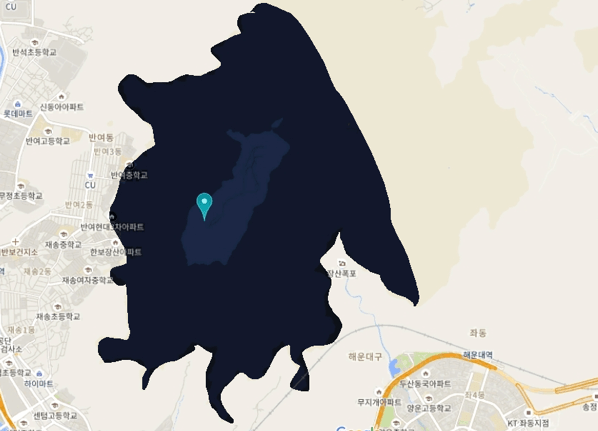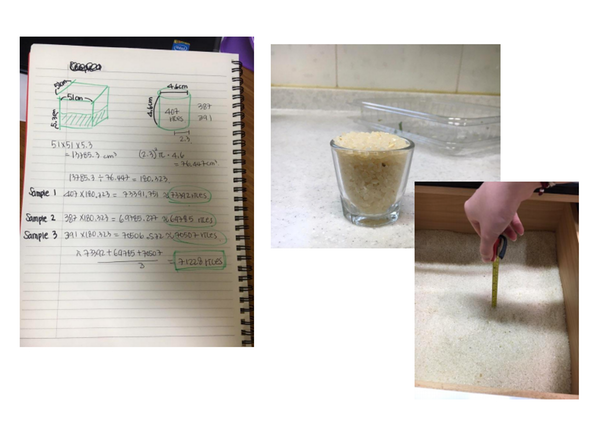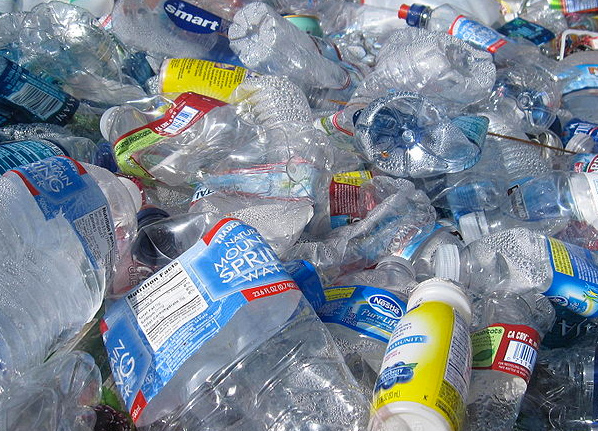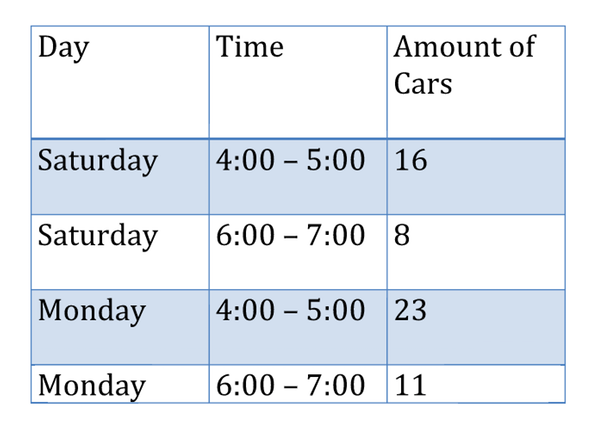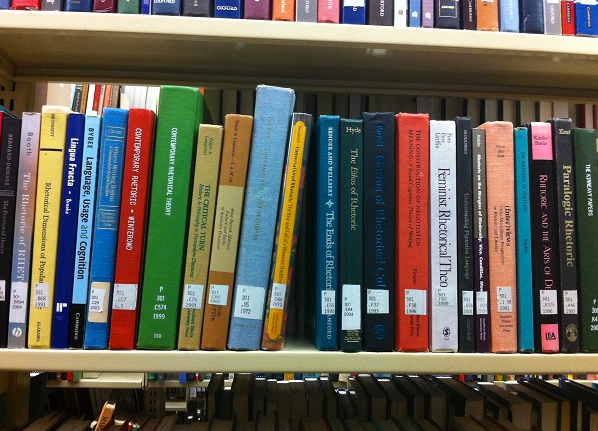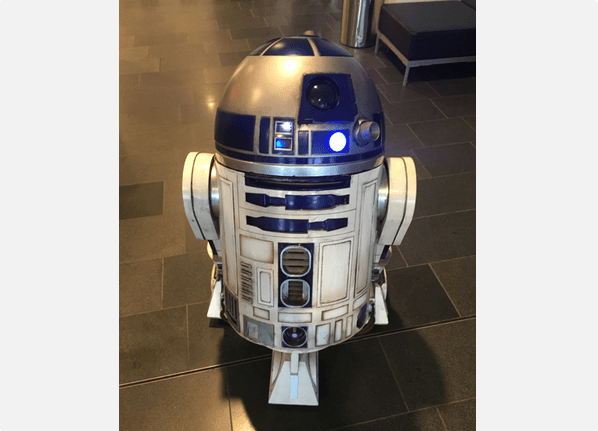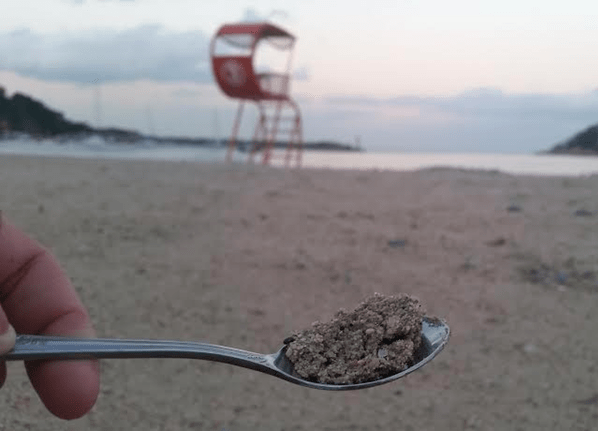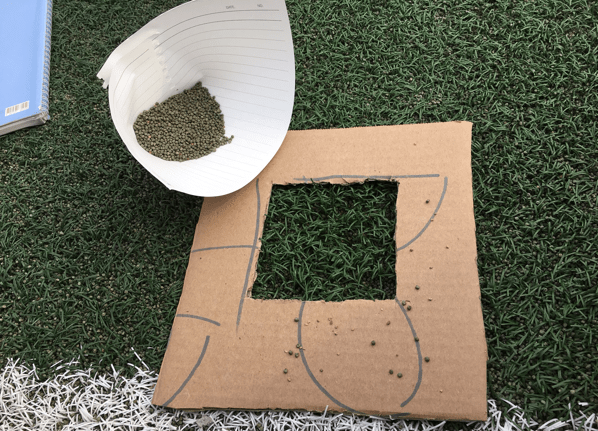Grade Level
All
subject
General Science
Activity Type:
For This Science Club, We Want You to #TakeASample
Take a sample of a vast or complex thing to reveal something new about it:
- Find something that you want to learn more about but that is just too difficult to observe or describe completely.
- Observe, measure, or describe a portion or sample of that thing, and use the sample to answer a cool question about the whole thing.
- Share your sample and what you learned with the hashtag #TakeASample
Share your samples and what your samples revealed using:
- Twitter – Tweet a picture or video with your samples @SciFri with #TakeASample
- Instagram – Instagram a picture or video using #TakeASample
- Snapchat – Send us a Snapchat @sciencefriday
- Vine – Post a Vine of yourself sampling and what you learned using #TakeASample
- YouTube – Upload a video of your project and include #TakeASample in the title, then send the link to scienceclub@sciencefriday.com
- Tumblr – Post a picture and short explanation to SciFri’s Tumblr (click the check mark for #TakeASample)
- E-mail us at scienceclub@sciencefriday.com
Starting with our on-air launch on April 15, 2016, we’ll spend a whole month featuring your samples—and not just what you sampled, but what question your samples helped answer. We’ll share your sample images and findings on our website at ScienceFriday.com/ScienceClub in our Science Club gallery. We’ll also visit with scientists as they do their own sampling, as well as share some of history’s extraordinary samples and samplers that have shaped how we view the world. On May 13th we’ll wrap up Science Club by highlighting some of your most impressive and interesting sampling feats on the live radio program.
Here are some highlights from our #TakeASample submissions so far:
Booger Sampling
Lahontan Cutthroat Trout
Students from Mrs. Reed’s K/1st Grade class talk about sampling Lahontan Cutthroat Trout. The project is a collaboration with Headwaters Science Institute, designed to get young children asking and investigating their own questions.
Why Sample Something?
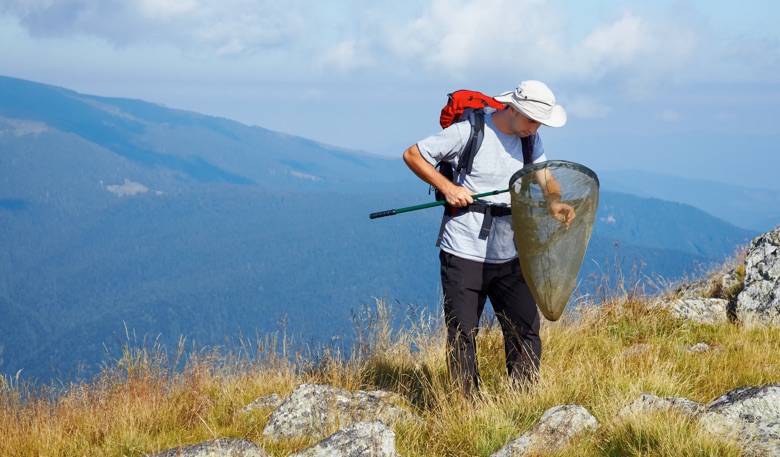
Some of the most interesting things in the natural universe could never be completely observed in a lifetime. Things like the number of fish in the sea, the average size of freckles, the diversity of microbes in the human gut, or even the total amount of gum on U.S. sidewalks are just impractical to try to measure or observe completely. But portions of these things can be measured and described, providing hints about the whole. For example, looking at the freckles on the face of some friends might provide a clue about typical freckle sizes. Using a telescope to count the number of stars in a section of our galaxy might allow you to estimate the total number of stars in the Milky Way! Sampling is an incredibly powerful tool for comprehending the unfathomable.
#TakeASample Science Club FAQs and Tips
I’m a Parent/Scientist/Artist/Student/Underwater Basket Weaver/etc…Can I participate?
Short answer: YES!
Everyone is invited, no matter where you are, what you do, or whether you have ever sampled anything before in your life. Need some inspiration? Check out these citizen science research projects curated by SciStarter that use sampling, and help them collect and analyze their samples.
What kinds of stuff can I sample?
Short answer: almost anything you are curious about!
How many shells are there on the beach? How often do blue cars drive past your house? How many aluminum cans/juice boxes/milk cartons get thrown away each year in the lunchroom? What microorganisms live in my pond? What’s the average weight of an American housecat? Are zebras more black or white? How much of New York City sidewalk is covered by gum? When is the best time of day to go to the grocery store to avoid lines?
Whether it’s the number of stars in the sky or the percentage of humans who can curl their tongue, if there’s a seemingly unmeasurable phenomenon out there, we challenge you to sample it!
Be safe and courteous in your sampling. Good rules of thumb: Don’t collect samples of any material that could harm your health, don’t damage property or living things, and don’t collect samples from live animals. Check out our full projects policy page if you have any questions.
How do I sample something?
Short answer: any way you want to!
The gist of sampling is to use one or more parts to describe a whole. For example, perhaps you want to know how much an orange typically weighs. It’s just not reasonable to weigh every orange on the planet in order to figure out what the typical weight of an orange is. But by weighing a sample of five or six oranges, you can quickly get an estimate for the amount that oranges weigh on average. Try to collect samples that are a good representation of the whole, without unfairly influencing your findings. In other words, don’t choose to sample only the smallest oranges if your goal is to estimate of the weight of oranges on average.
Sampling isn’t restricted to numerical measurement either: You can sample human emotion, leaf textures, or ice cream flavor…you can even sample the same thing repeatedly over time to see how it changes. Let curiosity be your guide!
I’m an educator. Can I do this with my students?
Short answer: Yes!
Scientists and mathematicians use sampling all the time in their research. You and your students have probably already performed some form of sampling, even if you didn’t realize it! We absolutely love it when students and educators participate in our Science Club challenges and have some tips for sharing student work while protecting your student’s privacy.
How can I submit a sampling story using audio?
Record your 30-second description of what you sampled, and what question your samples helped you answer, by clicking the button below. We might play your submission during our live show on May 13, 2016.
Meet the Writers
About Ariel Zych
@arieloquentAriel Zych is Science Friday’s director of audience. She is a former teacher and scientist who spends her free time making food, watching arthropods, and being outside.
About Charles Bergquist
@cbquistAs Science Friday’s director and senior producer, Charles Bergquist channels the chaos of a live production studio into something sounding like a radio program. Favorite topics include planetary sciences, chemistry, materials, and shiny things with blinking lights.
